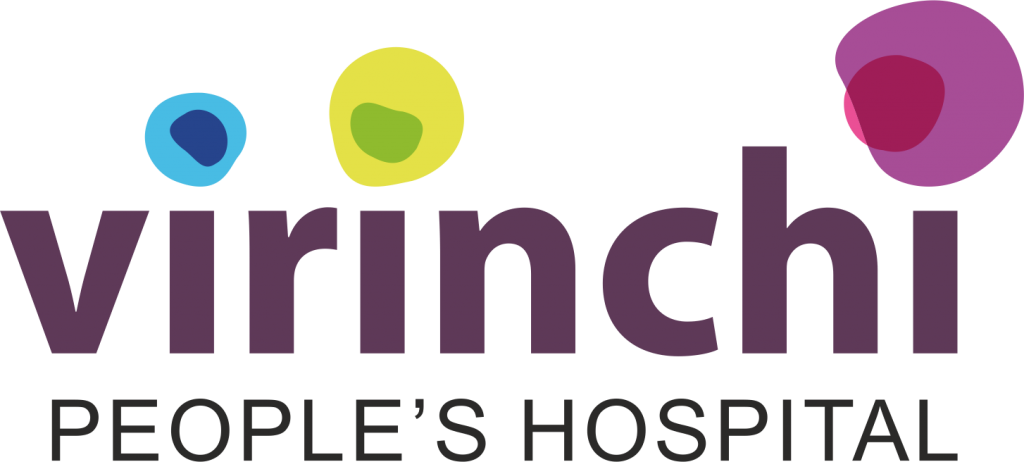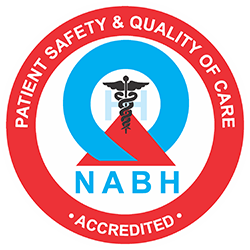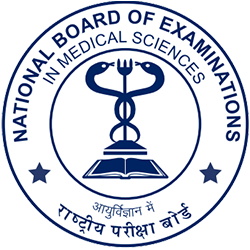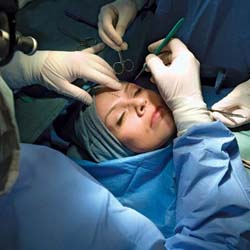Plastic, Cosmetic and Vascular Surgery
Request an Appointment
Virinchi People’s Hospitals has a state-of-the-art Plastic Surgery Department that stands at the forefront of transformative and innovative care. Nestled within the heart of our renowned medical facility, our department is dedicated to offering a comprehensive range of plastic surgery services, encompassing both aesthetic and reconstructive procedures. Our team of highly skilled and compassionate surgeons, nurses, and support staff are committed to providing personalized care that respects each patient’s unique needs and goals.
At Virinchi People’s Hospitals, we understand that the decision to undergo plastic surgery is deeply personal and often life-changing. Whether you are seeking to enhance your natural beauty, restore function following trauma or illness, or address congenital anomalies, our department is equipped with the latest technology and cutting-edge techniques to ensure safe and effective outcomes. Our surgeons are not only leaders in their field but also artists who blend scientific precision with an aesthetic eye, ensuring results that harmoniously balance form and function.
Our Plastic Surgery Department excels in a variety of specialties, including aesthetic plastic surgery, reconstructive surgery, craniofacial surgery, hand surgery, and more. We take pride in our holistic approach, which includes pre-operative consultations, personalized treatment planning, and a comprehensive follow-up care regimen. Our goal is not just to meet but to exceed your expectations, ensuring that your journey with us enhances both your physical appearance and overall well-being. At Virichi Hospitals, your health, satisfaction, and confidentiality are our utmost priorities.
Our Specialists
Why choose us?
Technology

3D Imaging Technology
3D imaging technology in plastic surgery allows surgeons and patients to visualize the potential outcomes of various procedures before they are performed. This technology uses advanced imaging software to create three-dimensional virtual models of the patient’s body, enabling a detailed preview of surgical results. It enhances patient communication, improves planning accuracy, and assists in achieving more precise and satisfying outcomes.

Laser Technology
Laser technology has revolutionized many aspects of plastic and reconstructive surgery. It offers a range of applications, from minimizing the appearance of scars and removing tattoos to more complex procedures like laser skin resurfacing and laser-assisted lipolysis. Lasers provide precision, reduce trauma to surrounding tissues, minimize bleeding, and often result in quicker recovery times compared to traditional surgical techniques.
Tissue Engineering and Regenerative Medicine
This cutting-edge field involves creating living, functional tissues to repair or replace tissue or organ function lost due to age, disease, damage, or congenital defects. It utilizes a combination of cells, engineering materials, and suitable biochemical factors to enhance the body’s natural healing process. In plastic and reconstructive surgery, this approach is particularly promising for complex wound healing, burn treatment, and in creating grafts for reconstructive purposes.
Quality care with innovative, sophisticated procedures and advanced techniques
- Congenital defects
- Cleft lip and palate repairs
- Craniofacial deformities
- Postoperative defects
- Post-traumatic defects
Procedures
Rhinoplasty
Facelift
Breast Augmentation
Liposuction
Abdominoplasty (Tummy Tuck)
Blepharoplasty (Eyelid Surgery)
Buttock Augmentation
Otoplasty
Breast Reconstruction
Burn Repair Surgery
Scar Revision Surgery
Hand Surgery
Congenital Defect Repair
Lower Extremity Reconstruction
Microsurgical Reconstruction
Skin Cancer Removal and Reconstruction
Cleft Lip and Palate Repair
Craniosynostosis Repair
Orbital Reconstruction
Jaw Surgery (Orthognathic Surgery)
Ear Reconstruction
Facial Trauma Reconstruction
Distraction Osteogenesis
Nasal Reconstruction
Free Flap Procedures
Lymphedema Surgery
Nerve Repair and Grafting
Revascularization Procedures
Toe-to-Hand Transplantation
Facial Reanimation
Breast Reconstruction with Free Flaps
Complex Wound Reconstruction
Cleft Lip and Palate Surgery
Craniofacial Anomalies Correction
Vascular Anomalies Treatment
Congenital Hand Anomalies Correction
Ear Deformity Correction
Pediatric Burn Care
Hemangiomas and Vascular Malformation
Treatment
Pigmented Lesion Management
Laser Skin Resurfacing
Laser Hair Removal
Laser Treatment for Vascular Lesions
Laser Scar Treatment
Laser Tattoo Removal
Laser Treatment for Pigmentation
Laser Treatment for Acne Scars
Laser Eye Surgery (LASIK)
Carpal Tunnel Release
Trigger Finger Release
Dupuytren's Contracture Treatment
Tendon Repair
Arthritis Surgery
Fracture Repair
Replantation
Congenital Hand Deformity Correction
Investigations

Imaging Studies
Imaging studies, such as MRI (Magnetic Resonance Imaging), CT (Computed Tomography) scans, and X-rays, are vital. They provide detailed internal views of the body, helping surgeons plan surgeries more precisely. These images are especially important in reconstructive surgeries, such as for craniofacial abnormalities or after traumatic injuries, as they reveal the extent of internal damage and structural anomalies.

Blood Tests
Comprehensive blood tests are essential for assessing the overall health of a patient. They can identify potential issues that might complicate surgery or anesthesia, such as bleeding disorders, infections, or electrolyte imbalances. Key tests often include Complete Blood Count (CBC), Coagulation Profile, and tests for liver and kidney function.
Tissue Biopsy
In cases involving tumors, growths, or suspicious lesions, a tissue biopsy is crucial for diagnosis. The biopsy provides definitive information about the nature of the tissue, whether it is benign or malignant, which directly influences the surgical approach and post-operative treatment plan.

Photographic Documentation
In plastic and reconstructive surgery, preoperative and postoperative photographic documentation is essential. These photographs are used for patient records, surgical planning, and tracking the progress and outcomes of the surgery. They are particularly important in aesthetic surgeries for comparing pre- and post-surgery results and in legal documentation and patient consent processes.
Frequently Asked Questions
- Reaction to anesthesia
- Infections
- Scarring
- Excess bleeding
- Blood clots
- Nerve damage
- Fluid build-up
- Separation at the incision site


